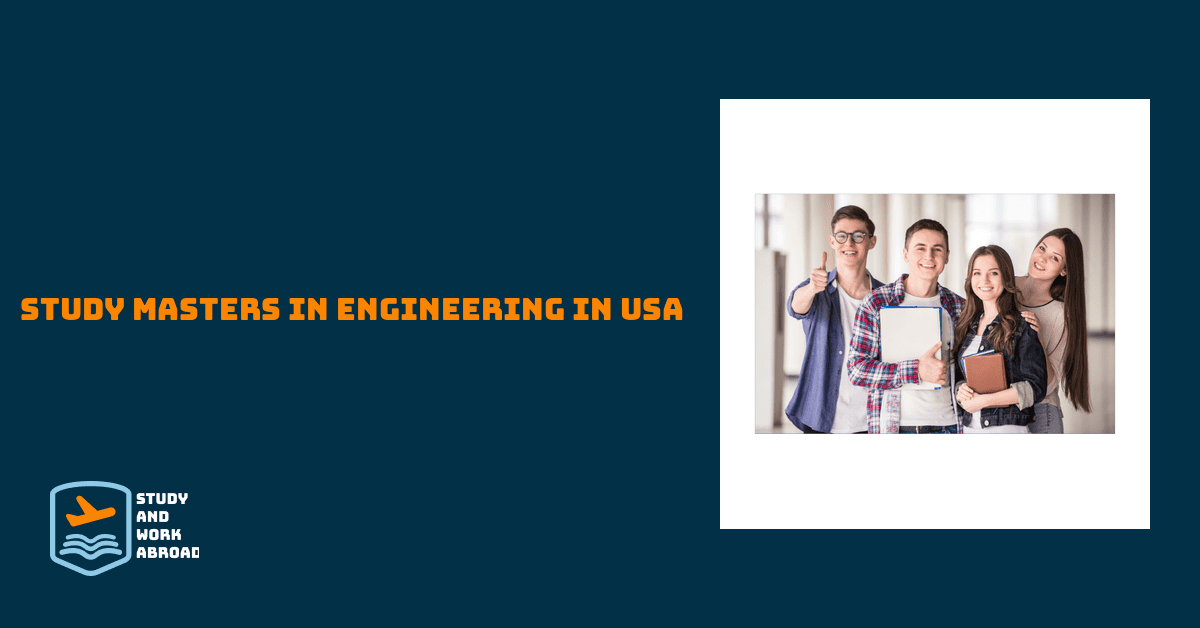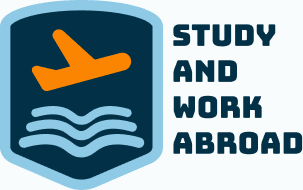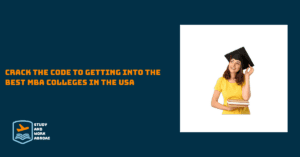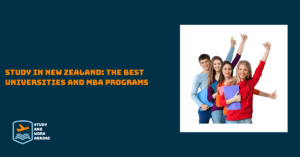Call Us:+91-9920234749 info@studyandworkabroad.in

Study Masters in Engineering in USA
Engineering is a field with potential growth opportunities across the globe. Acquiring a Masters in Engineering in the US University is a good study choice for students who are looking for quality exposure, professional growth and a good life ahead. Opportunities are endless for students who want to do a Masters degree in Engineering in the US. More than 5, 00,000 students from various countries are doing their Masters in the US.
Getting admission in a US university for a Masters in Engineering requires a Bachelors degree in certain fields. GRE scores are mandatory to gain access in some US colleges. A good Statement of Purpose (SOP) is also required for getting admission here.
Below mentioned are some of the popular Engineering courses which can be pursued in the US:
- Aerospace-Aeronautical/Astronautical Engineering
- Bioengineering
- Computer Engineering
- Materials Engineering
- Mechanical Engineering
- Chemical Engineering
- Industrial/Manufacturing
- Electrical/Electronic/Communications Engineering
Masters of Engineering graduates qualify for jobs in supervisory, executive cadres, entrepreneurial roles, or for jobs in administrative positions. A Masters Engineering course can be anywhere from one to three years and US institutes offer courses on full time, part time, and online basis. Some Masters degree courses also include a research or practical Master’s thesis facilitating the students to develop interest in certain areas of their interest and train them for their professional success.
Some top universities in the USA which offer Masters in Engineering are:
- Wichita State University
- Murray State University
- University of South Florida
- Tennessee Tech University
- City University of Seattle
- International Technological University
- Oregon State University
- Concordia University, Chicago
Acquiring a Masters in Engineering in the US imparts benefits beyond improving earning potential. The degree course polishes a student with professional skills which will leverage one’s career by standing out of the box from their peers many of whom may have an A level qualification.
American colleges are run; funded by the tuition fees charged from the student which generally reaches up to thousands of dollars for a year. Fees for completing a Masters in Engineering in the US may cost anywhere between USD 27,000 to USD 30,000.
An international student studying in the US can also work part time. Part time work during the course is allowed, but there are certain visa restrictions. Before going in for a part time job, one should know the requirements and restrictions regarding their visa. For students holding the F-1 visa which is a non-immigrant student visa, doing a part time job is allowed, but with strict restrictions and complex guidelines issued by the United States Citizenship and Immigration Service (USCIS).
Generally on campus employment is permitted for F-1 visa students, and does not require USCIS permissions. These jobs can be done up to 20 hours per week while in school. Under certain circumstances, they are even allowed to work full time on vacations, and holidays.
Curricular Practical Training (CPT)
Curricular Practical Training (CPT) is an off campus job option for F-1 students when the practical training is important part of the academic program. CPT is offered by sponsoring employers along with the co-operation of the school. To get CPT, the job training should be related to the student’s degree, or any academic credit should be awarded. A student can also get paid during the CPT with prior approval from the International Student Office at the school, and when a notification is sent to the US Citizenship and Immigration Service (USCIS).
Requirements for CPT
- The CPT must be related to the degree course that the student is doing, or the degree must have such a requirement to get an academic credit.
- The student must have a job offer, which was received before applying for CPT.
- The student must have a valid F-1 status, and must have been enrolled for one year; full time in school. Exception is given for graduate students, who require immediate CPT.
- The job offer that the student gets must be associated with the major course of his study.
Optional Practical Training (OPT)
Students from other countries studying in the US and having F-1 visa can work off-campus in Optional Practical Training (OPT) status during the course of their degree and even after completing their degree. The USCIS rules regulate the implementation of OPT and any student opting to work under OPT need to take permission from USCIS and from the International student office at his school.
Once a student completes nine months after enrollment, he or she becomes eligible to apply for OPT. But they cannot start working until they receive the Employment Authorization Document (EAD) from USCIS, and after they complete one year of enrollment.
USCIS normally takes up to ninety days to process the application. Approval from the USCIS is based on maintaining a lawful F-1 visa, and the International Student Office helps the students during their stay in the US.
Common OPT requirements:
- The student must have a legal F-1 status
- The employment must be related to the major subject, the student is studying
- Students who are into 12 months full time curricular practical training (CPT) cannot apply for OPT.
Students can do 12 months of OPT after successfully completing each level of degree; for example a student can do 12 months OPT after acquiring the undergraduate degree. Then the student can take a graduate school, and then again do another 12 months of OPT after completing his graduate degree. The OPT rules for students who are still in school, and for the students who have completed their degree are different.
If the course falls under Software, Technology, Engineering, and Mathematics (STEM) list, then the student gets 29 months work visa even after completing his degree. If the degree course does not fall under the STEM list, then the student gets 12 months of work visa after completing his degree.
Requirements for getting OPT before finishing the degree:
- Students can work for only 20 hours in a week while in school.
- Full time school enrollment is necessary.
- Students can work for full time during holidays and vacations, provided they would return back to school after the vacation.
- After completing the degree, and if the student is gradually working for his thesis or dissertation, then they may work full time.
Requirements for getting OPT after completing a degree:
A student can work full time for 40 hours a week after completing the degree.
Application for post-completion of OPT can be given to USCIS before completing the degree.
For any student, who is planning to enter US and gain professional skills, opting for a Masters in Engineering is the right choice.



